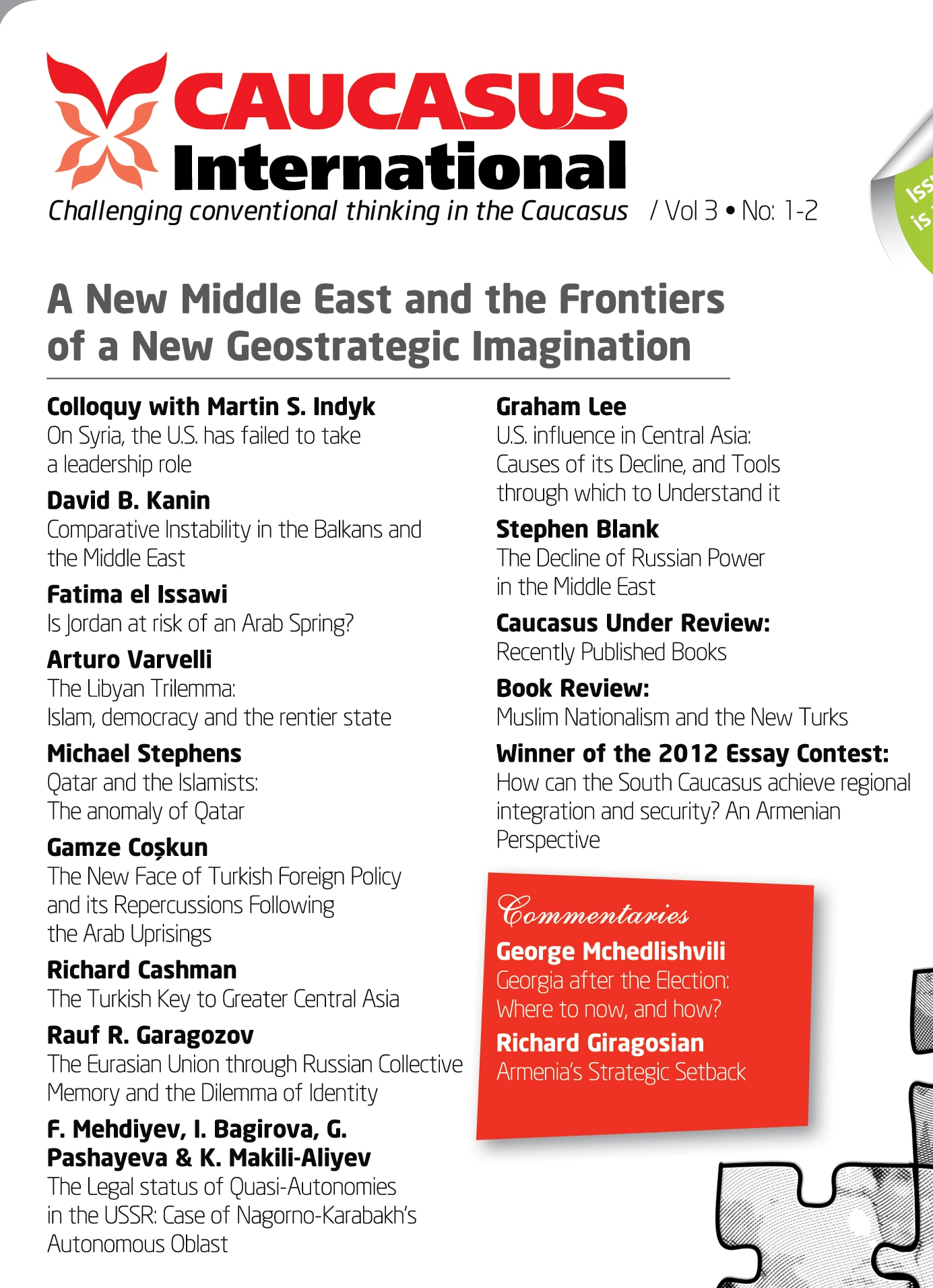U.S. Influence in Central Asia: Causes of its Decline, and Tools through which to Understand it
The following paper assesses the United States’ diminishing influence in Central Asia, contrasted with the recent history of successful Russian and Chinese engagement in the region. It argues that one of the United States’ key failings is its use of overly-ideological foreign policy, designed primarily to win favor with the domestic American public, rather than for its chances of success ‘on the ground’ in Central Asia. The paper examines the dismal prospects for the United States’ “New Silk Road” initiative, and the causes of underperformance in past U.S. projects in the region. It also examines case studies of Russia’s effective use of hard power, and effective commercial engagement with regional actors by China. In conclusion, it suggests that Western observers should employ better analogues when analyzing corrupt, patronage-based and centralized Central Asian power structures, in order to more effectively gauge a policy’s chances of success prior to implementation. It discusses the merits of comparison between Central Asian elites and the 20 th century Italian-American mafia for this purpose.
Latest news
- 03/17/2020 Call for Submission: “Non-Alignment Movement and Its Perspective in International Affairs”. Deadline: 1 July 2020 2625 views
Popular articles
- 02/24/2020 The Role of Irredentism in Russia’s Foreign Policy 2536 views
- 02/24/2020 Construction of sub-national identity vis-à-vis parent state: Gagauz case in Moldova 2218 views
- 02/24/2020 The Conflict in Ukraine - The Geopolitics of Separatism and Divergent Identities (Commentary) 2072 views
- 02/24/2020 The Role of the Soviet Past in Contemporary Georgia 2044 views





